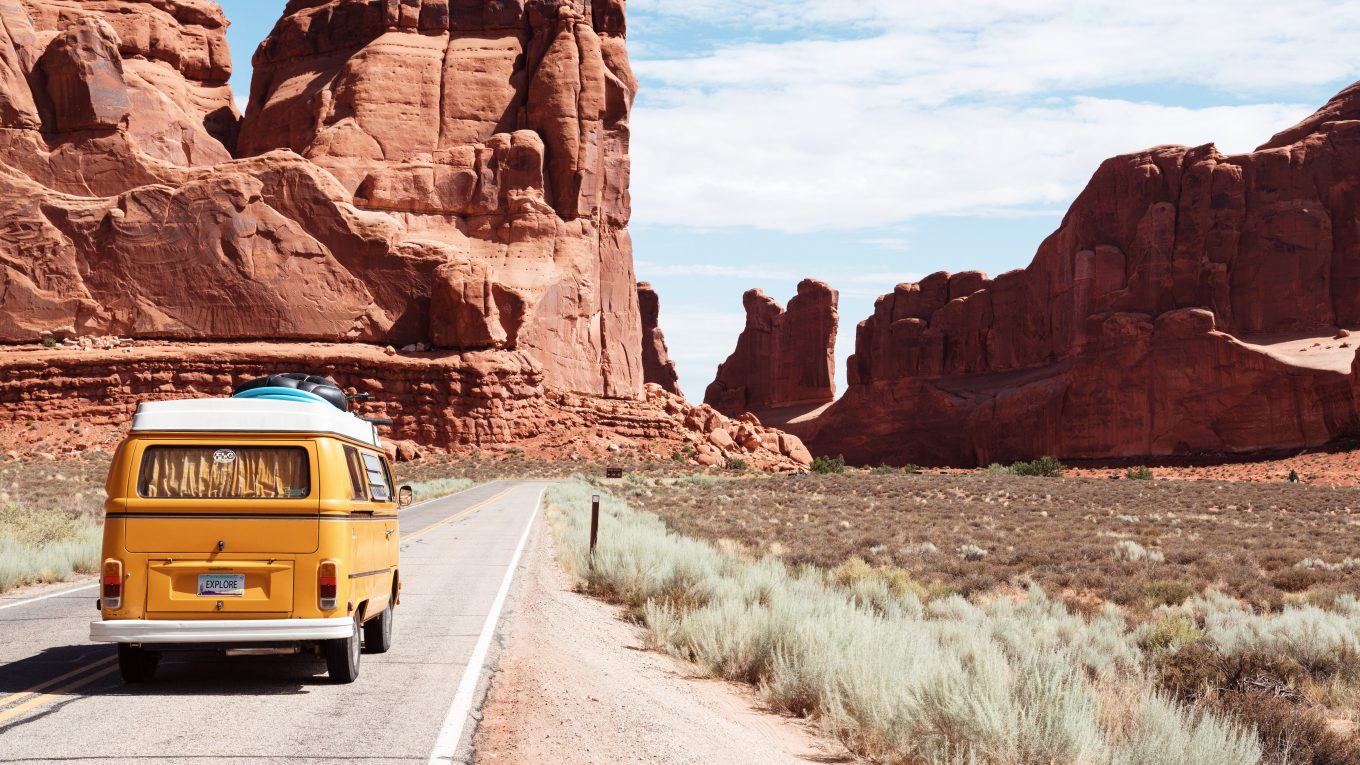How to Click Amazing Travel Pictures? Best tips to follow!
Traveling is a wonderful opportunity to explore new landscapes, cultures, and experiences. And what better way to relive those moments than through photographs? Travel photography allows you to capture the beauty and essence of your journey, preserving memories that will last a lifetime. In this comprehensive guide, we will delve into the art of taking stunning travel photos, offering tips, techniques, and insights to help you capture the magic of your adventures.
Equipment Matters, but It’s Not Everything
Choose the Right Camera: While professional DSLRs offer excellent image quality, modern smartphones can also produce remarkable photos. The key is to use what you have and become familiar with its capabilities.
Invest in Quality Lenses: If you’re using a DSLR or mirrorless camera, consider investing in a versatile lens like a zoom lens or a prime lens with a wide aperture. This allows you to capture a wide range of scenes.
Pack Light: If you’re traveling, consider the weight and size of your equipment. A compact mirrorless camera or even a high-quality smartphone can be a great choice for capturing memories without the bulk.
Mastering Composition
The Rule of Thirds: Divide your frame into nine equal sections with two horizontal and two vertical lines. Place your subject or key elements along these lines or at their intersections to create a balanced composition.
Leading Lines: Use natural lines like roads, rivers, or fences to lead the viewer’s eye into the photo and toward the main subject.
Frame Within a Frame: Incorporate natural frames, such as archways, windows, or overhanging branches, to add depth and context to your photos.
Foreground Interest: Include interesting foreground elements, like rocks or flowers, to create a sense of depth and draw viewers into the scene.
Lighting Is Key
Golden Hour: Shoot during the “golden hour,” which occurs during the first hour after sunrise and the last hour before sunset. The soft, warm light at these times enhances your photos.
Avoid Harsh Midday Sun: Midday sun can cast harsh shadows and result in overexposed areas. If you must shoot in bright sunlight, use shade or a diffuser to soften the light.
Backlighting: Experiment with backlighting to create silhouettes or add a sense of drama to your shots. Use exposure compensation to adjust the brightness accordingly.
Capturing People and Culture
Ask for Permission: When photographing people, especially in foreign cultures, ask for permission first. A smile and respectful approach can go a long way in getting authentic, candid shots.
Use a Telephoto Lens: A telephoto lens or the zoom function on your camera allows you to capture candid moments without intruding on people’s personal space.
Framing Portraits: Frame your subject within the context of their surroundings to tell a story. Capture candid moments, such as street performers or people going about their daily lives.
Experiment with Perspective and Angles
Change Your Angle: Don’t always shoot from eye level. Get down low or try shooting from a high vantage point to provide a fresh perspective.
Use Wide-Angle for Landscapes: Wide-angle lenses are great for capturing vast landscapes. They create a sense of depth and make the viewer feel like they’re right there with you.
Macro for Details: Utilize macro mode or lenses to capture intricate details like the texture of a leaf, the pattern on a piece of fabric, or the dewdrops on a flower.
Post-Processing and Editing
Shoot in RAW: If your camera allows it, shoot in RAW format. This provides greater flexibility for post-processing and allows you to correct exposure and color balance more effectively.
Experiment with Filters: Editing apps and software offer various filters and presets to enhance your photos. Experiment with them but use them judiciously to maintain a natural look.
Crop and Straighten: Crop your photos to improve composition and remove distracting elements. Straighten horizons and lines to ensure your photos look polished.
The Importance of Patience and Observation
Observe Your Surroundings: Take time to observe your environment. Look for interesting details, unique angles, and captivating moments that may go unnoticed by others.
Wait for the Right Moment: Patience is often the key to capturing the perfect shot. Wait for the right light, the perfect expression, or the ideal composition before clicking.
Practice and Learn: Photography is an art that improves with practice. Take as many photos as you can, review them critically, and learn from your mistakes.
Respect Local Customs and Laws
Research Local Laws: Before traveling to a new destination, research local laws and customs regarding photography. Some places may have restrictions on certain subjects or locations.
Ask for Consent: Always respect people’s privacy and ask for their consent before photographing them, especially in sensitive or private settings.
Travel photography is a captivating way to document your adventures and share your experiences with others. Whether you’re using a smartphone or a professional camera, the key is to keep learning, experimenting, and, most importantly, enjoying the journey. By mastering composition, understanding lighting, and capturing the essence of your travels, you can create a collection of stunning photos that transport you back to those unforgettable moments in time. So, pack your camera and embark on your next adventure with a keen eye and a passion for capturing memories that will last a lifetime.
